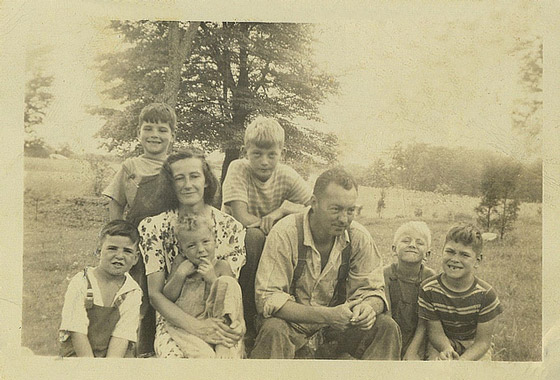
Quick! Which would you rather experience?
A) A gorgeous five-minute video of beautiful (but unrelated) images and clips, or
B) A five-page story from the diary of a grandmother living through the Great Depression
If you want to hear what granny had to say, you probably already understand where we’re going with this post: storytelling is more important than slick video production.
Now, of course, this is the falsest of false dichotomies – you don’t have to choose between the two! Why not produce a slick video that also tells a captivating story? You can, and many of the most successful CauseVox campaign pages have done exactly that. But our point here is one of focus:
We think the story should come first, and be at the center of a campaign.
The stories a nonprofit can tell in a campaign are quite varied. An organization can tell its own story; the story of how founders encountered a worthy cause and became dedicated to it. An organization can tell the story of its beneficiaries; the story of the people whose lives were made better by the organization’s activities and successes. An organization can tell the story of its supporters; how people now meet the organization and become a part of a greater mission. An organization can even tell the story of its vision for the future.
However you do it, make sure you tell the darn story.
And to do that, you need to find the right words.
If you don’t spend time getting the words of the story right, you’ll be in the ballpark, but you’ll be missing qualities that can have a huge impact on inspiring supporters: coherence, emotional impact, clarity, and more. For example, you could explain why scholarships are beneficial to the public off the top of your head. People would get the message, sure, but you’d probably lose a few listeners along the way and wouldn’t have the same impact as the person who sat down, organized his or her thoughts, and wrote and revised until they had this:
“A mind is a terrible thing to waste.”
It’s part of our common language, now, but wasn’t famous until created and used by the United Negro College Fund in a campaign in 1972. It’s the most economical way for the UNCF to tell its “story,” and they are still using it to this very day. Of course, a tagline is not exactly the same as a story, but you can see the point of choosing just the right words for your organization.
With luck, if you tell your story in the right way, you might still be promoting your mission 40 years from now, just like the UNCF is.
(Anyone care to guess what the value of those eight words is? We’re willing to trade a few pictures for them, at least.)




